What species are in Beanblossom Bottoms Nature Preserve? Bioblitz reveals what's out there
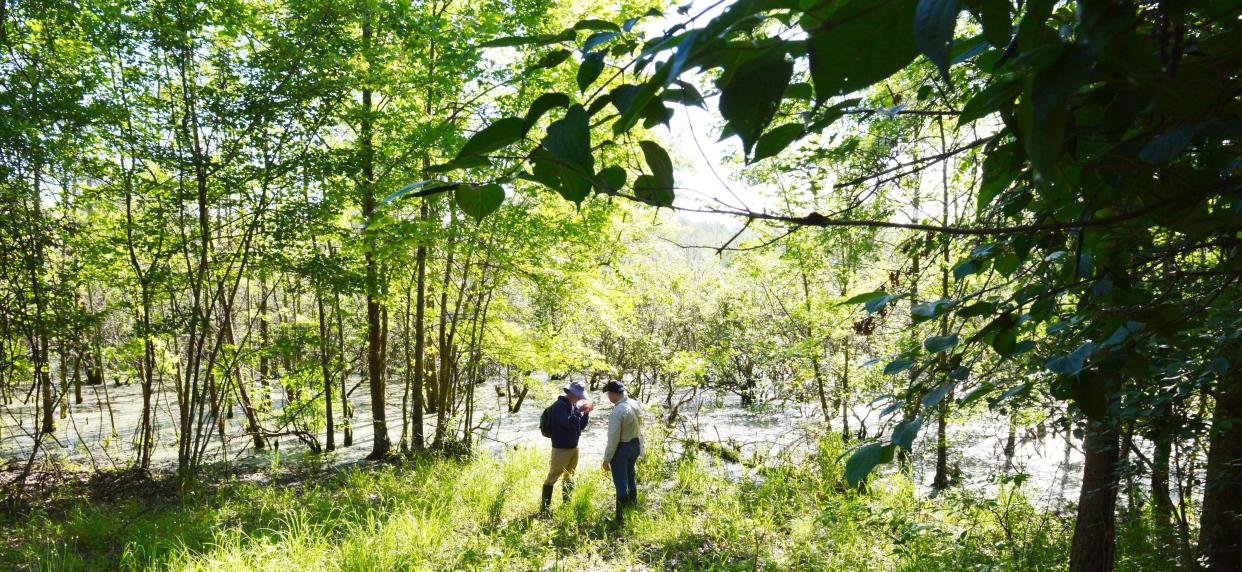
More than 70 people — scientists and citizen scientists — traveled to a swampy, bottomland area in northern Monroe County on June 4 to document what they saw, heard and were able to collect at Beanblossom Bottoms Nature Preserve.
Known as a bioblitz, the gathering was a first for the Sycamore Land Trust property.
As the group gathered near a platform overlooking the Beanblossom Creek, Chris Fox, Sycamore Land Trust land stewardship director, gave instructions and talked about the importance of knowing what animals and plants the preserve contains.
Zig zag iris documented in Beanblossom Bottoms
While Fox has trudged through the swamps and built portions of the boardwalk that loops through part of the 773-acre preserve, he doesn't know every species residing in the preserve.
"The more I learn, the more I learn what I don't know," he told the crowd, adding that included the flora and fauna at Beanblossom Bottoms. What he requested: "I need a new species out of this."
While laughter was the response, the participants did find a new species: the zig zag iris, which previously hadn't been documented at the preserve.
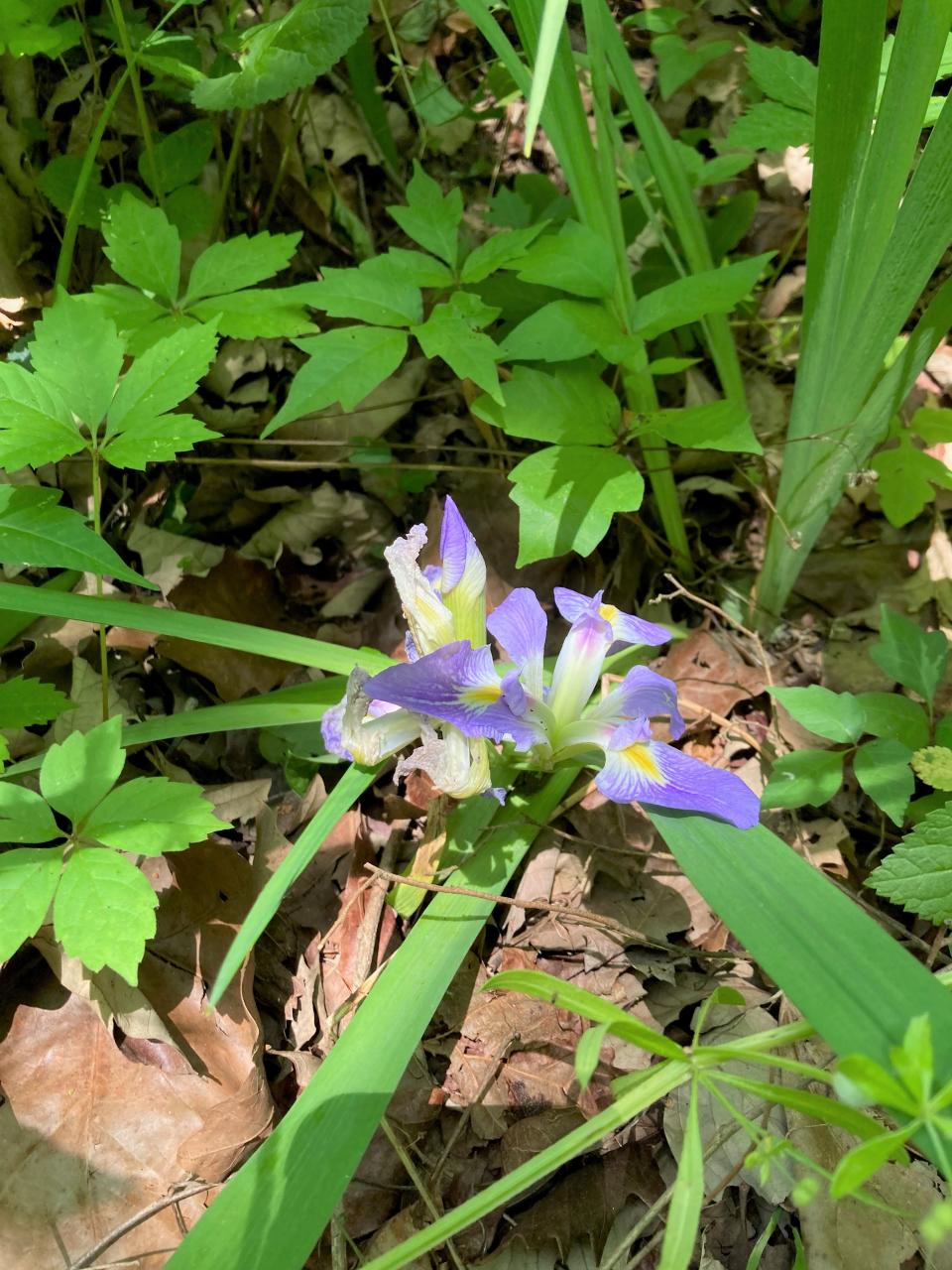
The exact number of species is still to be determined since some samples are being examined in labs. Even so, Sycamore Land Trust officials know the plant team saw almost 300 species and the bird group recorded more than 50. The team looking for amphibians and reptiles found about 20, and the insect team is expected to have "some big numbers," according to Kate Hammel, communications and membership director for the land trust.
More in news: Limestone Month invites experienced and new artists to learn carving skills
"The insect group took specimens back with them and are analyzing them over the next few months, so we won't know numbers of insects for quite a while yet," Hammel said.
The bioblitz was co-sponsored by the Indiana Academy of Science, which has conducted similar day-long blitzes at other Hoosier properties to get a snapshot of what's there. It can take up to a year to compile the data and release the results.
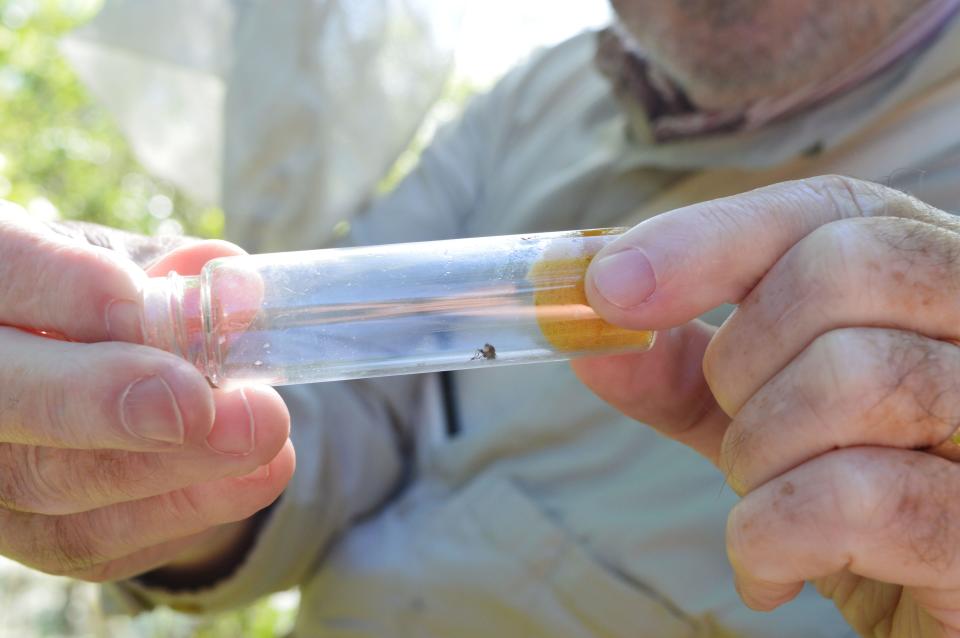
An eventful day in the Beanblossom Bottom wetlands
Scientists and people knowledgeable about everything from spiders to trees traveled from Illinois and Indiana to participate. Most had never been to the preserve before. Some came with binoculars, spotting scopes, field guides, nets and vials, all ready to spend a day finding and identifying as many species as possible.
Jim Eagleman, a retired state naturalist who spearheaded bioblitzes in Brown County State Park, was one of the participants. Eagleman now serves on the land trust board.
"We could never accumulate this much data on our own," he explained, adding that information "proves the value of the place to know what's here."
Sycamore Land Trust Education Director Mary Weltz was part of one of the plant teams. She said the 13 taxonomic teams were broken into smaller groups to cover more area. Also the plant teams prioritized land that hadn't been used for farming in hopes of finding more diverse plant species.
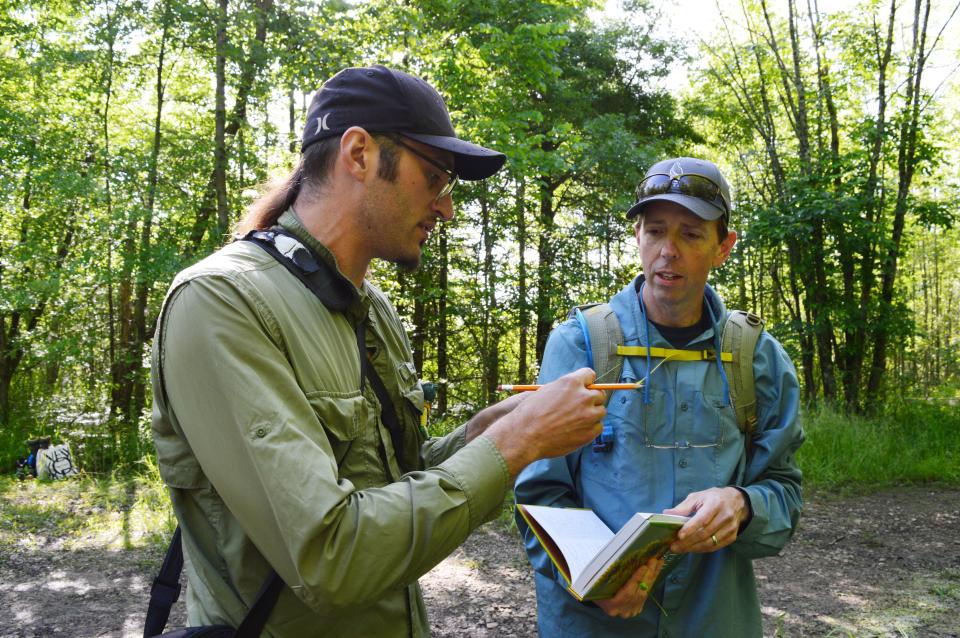
While most participants were at the preserve for just one day, some people set out traps — for insects, reptiles and amphibians and small mammals — and others set up listening devices overnight to capture the sounds of bats and frogs and the songs of nocturnal birds like owls.
April Sterling, a volunteer from Fishers, was a member of the bird team. It was her first time visiting Beanblossom Bottoms Nature Preserve and she decided to participate thanks to encouragement from her partner, Bill Murphy. Murphy participated on the insect team.
"It was interesting to visit a swamp, especially one that had such great trails," Sterling said in an email. "One of the coolest things about the bioblitz was being around so many people who have deep knowledge about a variety of topics. I learned a few frog calls from Kamal Islam, the head of the bird team.
"One of the things that surprised me was how few mosquitos there were on the boardwalk," she said. "After I saw how many dragonflies there were, I assumed they were keeping the mosquito population under control."
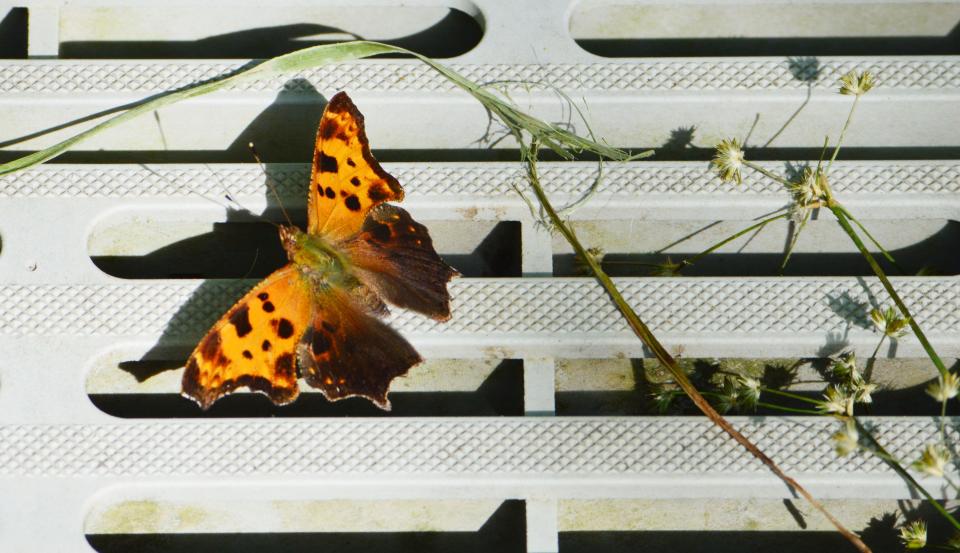
Brant Fisher, nongame aquatic biologist with the state Department of Natural Resources, was part of the team searching for aquatic life including fish and freshwater mussels. For much of the bioblitz, Fisher was wading in Beanblossom Creek.
While the team didn't find any unusual fish, they did find eight species of mussels (Yellow Sandshell, White Heelsplitter, Fragile Papershell, Washboard, Pimpleback, Mapleleaf, Pistolgrip and Deertoe) and shells from a couple more.
"There was a pretty nice mussel bed through one stretch of the creek," Fisher said in an email. "None of these are listed species in Indiana — but still nice to see a decent diversity and abundance of mussels."
Other finds during the blitz included the endangered Kirtland's snake that has a red belly and is most often underground. The snake had been seen on the property before and also on another Sycamore Land Trust property nearby that's part of the Beanblossom Creek Conservation Area.
Feeling inspired to explore? Six places you can go hiking near Bloomington, Indiana, right now
"Further study is necessary to better understand how to protect this endangered species," said John Lawrence, executive director of the land trust in a prepared statement. "Finding Kirtland's snakes at Beanblossom Bottoms Nature Preserve and studying them can help us better understand how to manage this preserve to restore habitat to support endangered populations."
When the data is compiled it will be published in the Proceedings of the Indiana Academy of Sciences and on the academy's website for anyone to see and use.
Indiana Academy of Sciences officials plan to return to the wetland preserve in 10 years to conduct another bioblitz to see what new species they might find and determine how the land trust's conservation efforts have helped the flora and fauna of northern Monroe County.
Contact Carol Kugler at ckugler@heraldt.com, 812-331-4359 or @ckugler on Twitter.
This article originally appeared on The Herald-Times: New flower species found at Monroe County nature preserve bioblitz

